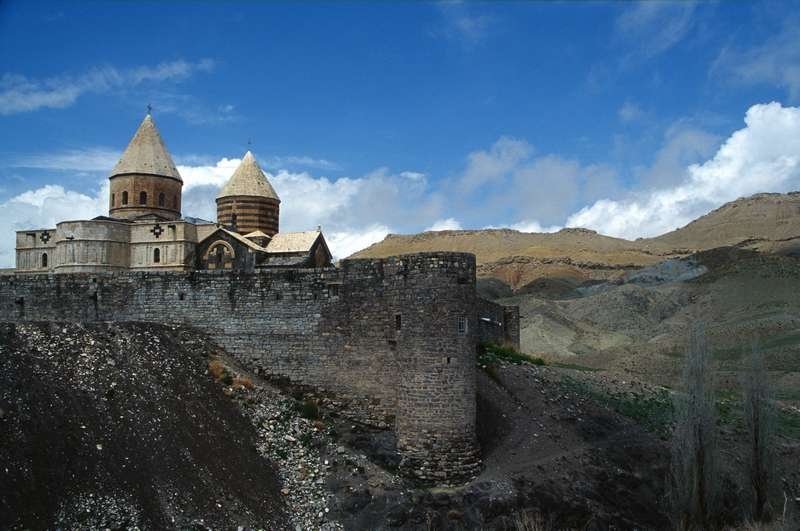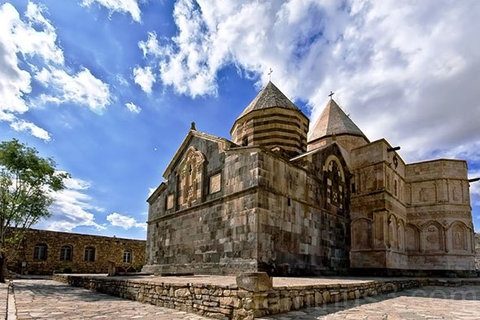Iran (IMNA) - Saint Thaddeus, one of the 12 Apostles also known as Saint Jude, was martyred while spreading the Gospel during strong Zoroastrian influence in the region. Indeed, the Armenian Monastic Ensembles of Iran consists of three main one: St. Thaddeus, St. Stepanos and the Chapel of Dzordzor. In this regard, the most ancient of which, St. Thaddeus, dates back to the 7th century.

St. Thaddeus Monastery also known as Saint Jude; an example of outstanding value of the Armenian architectural and decorative traditions. According to legends, the church that was dedicated to him was first built on the present site in 68 AD. In 1319 an earthquake damaged this monastery but it was extensively rebuilt. Hence, much of the present structure dates to 1811, when the Qajar prince Abbas Mirza aided renovations and repairs. In that period, the monastery was reconstructed from black and white ashlar sandstone; so its Turkish name Qara Kelisa meaning “The Black Church”.

In such a magnificent monument, special ritual is held over a three-day pilgrimage for the baptism of Armenian children. Many Armenians, Assyrians and Catholics from Iran and other countries attend this annual ritual at St. Thaddeus Monastery on the Day of St. Thaddeus. To Armenians, the Qara Kelisa ceremony is a combination of theological, racial, traditional and family motives as well as a best choice for travelling and enjoying summer weather and visiting friends and relatives.
In 2008, the Monastery of Saint Thaddeus was added to UNESCO’s World Heritage List.


Your Comment